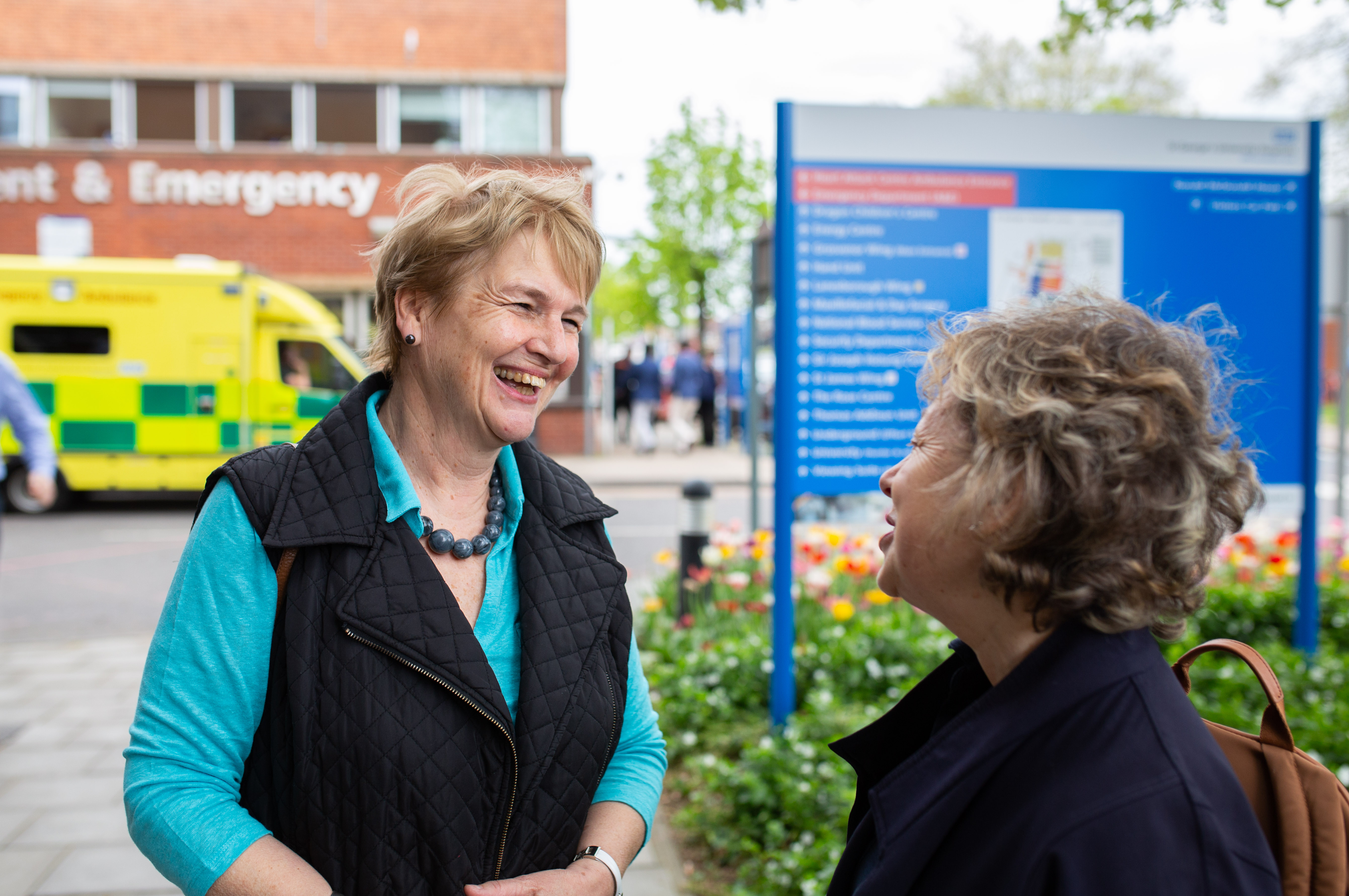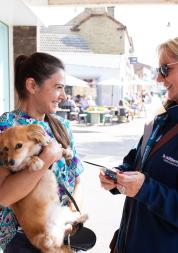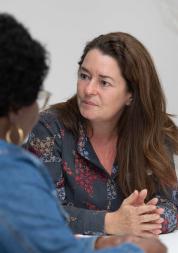Report into people’s experiences of A&E

We wanted to gather people’s views on the services provided and also hoped to capture some experiences of people with a mental health condition. This is part of our wider piece of work on services available to people immediately preceding, or following, a mental health crisis.

What did we ask?
We used a standard set of questions available nationally as the A&E Survey produced by the Care Quality Commission and NHS England in 2014.
We added a question about what improvements people would like to see, and captured people’s ethnicity and year of birth.
We also used a set of observations, and provided a short list of observation prompts for all the volunteers who took part.
All of this information is available in the report Appendices.
What were our key findings?
- The majority of people we spoke to (62.5%) had obtained medical advice before attending A&E.
- Most people we spoke to thought they were waiting for longer to be seen than they actually were.
- People who were visiting others (and weren’t there as a patient themselves), can be frustrated by a lack of immediate information on where to go.
- People with a hearing or visual impairment can struggle with the current system of calling patients in.
- Very vocal patients can cause distress to others. Current arrangements mean that it is not always possible to prevent them being overheard in the main waiting area.
- The main waiting area was not cleaned in the nine hours we were present. The rota in the accessible toilet was signed off ahead of time.
- Some of the seats were broken. More than half of the people we spoke to said they found the seats uncomfortable.
- One advert shown on the televisions in the main waiting area featured suggestive language which some people may find offensive.
- If there are more than two or three people using the smoking shelter it can be difficult to access the department without walking through them or stepping off the pavement.
- There are no change machines or water cooler, the water in the drinks machines ran out and some people were unable to access refreshments because they didn’t have the right change or were unaware there was a nearby café.
- People who need to pray are signposted to the nearest faith room. However, it was felt by those who used it that it was a substantial distance away and the signs were unclear.
What happens next?
We forwarded the report to Sheffield Teaching Hospitals and they have responded to each of the recommendations we made. All our recommendations and the responses are available in the report.
Downloads
If you need these documents in a different format, please email info@healthwatchsheffield.co.uk or call 0114 253 6688.

